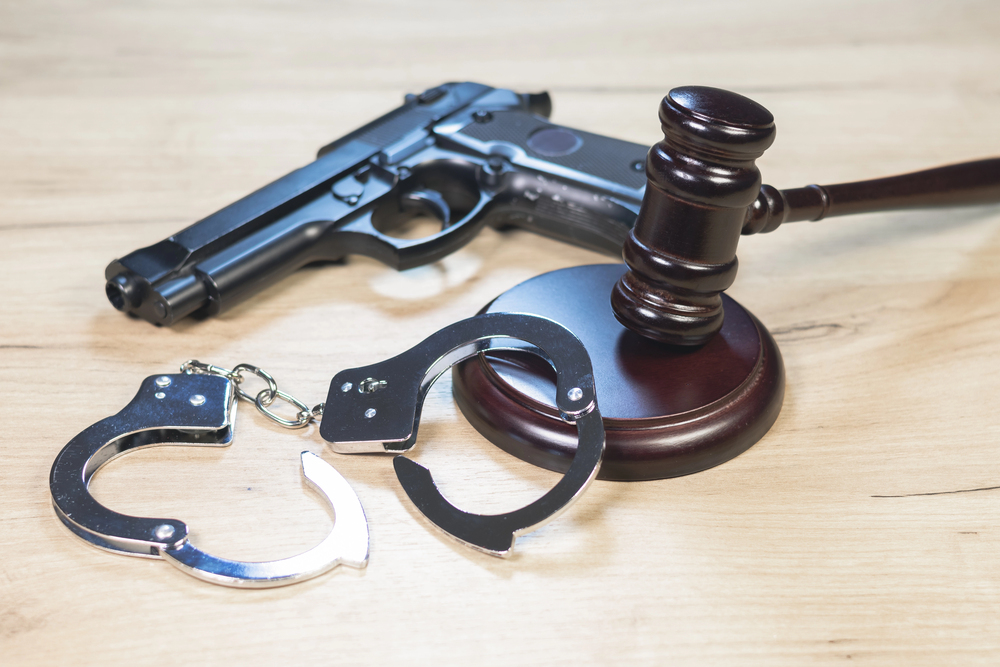
If you believe becoming 18 years old makes you a full adult from the law’s perspective, beware. A recent federal appeals court ruling just reminded millions of young Americans that all rights aren’t created equal and the consequences extend far beyond firearms. In McCoy v. ATF, the Fourth Circuit validated a federal prohibition prohibiting 18-to-20-year-olds from purchasing handguns from licensed dealers.
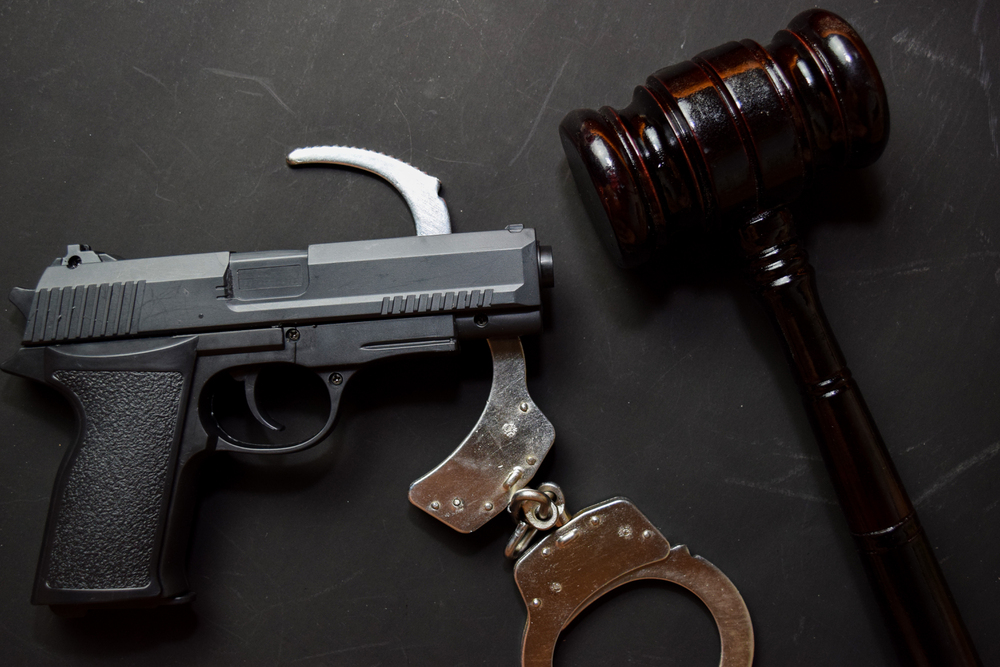
Its backers describe it as a common-sense safety provision; opponents view it as a pernicious precedent that erodes constitutional rights. History predominates in the decision, but the manner in which history is being applied has created intense controversy. Here’s a closer examination at the most persuasive takeaways from the case ranging from centuries-old legal maxims to contemporary apprehensions regarding where this might next lead.
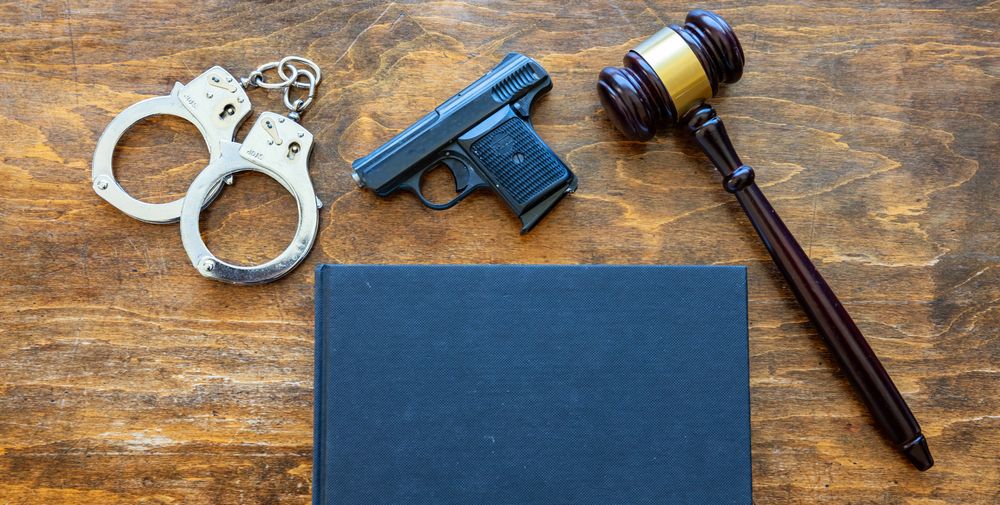
1. The 1968 Law at the Center of the Battle
The dispute revolves around a restriction of the Gun Control Act of 1968 that makes it illegal for federally licensed gun dealers to sell handguns to anyone under the age of 21. The statute doesn’t prohibit young adults from possessing handguns per se they can still inherit them as gifts or purchase them in a private sale, contingent upon state law but it does stymie the most usual legal purchase pathway.
Congress enacted this provision after examining correlations between access to handguns and what it described as “emotionally immature” and “thrill-bent juveniles.” Members of Congress decided that restricting dealer sales might stem reckless acts of violence and crime among young adults. This rhetoric continues to dominate today: is this targeted prevention, or an age-based arbitrary limitation?
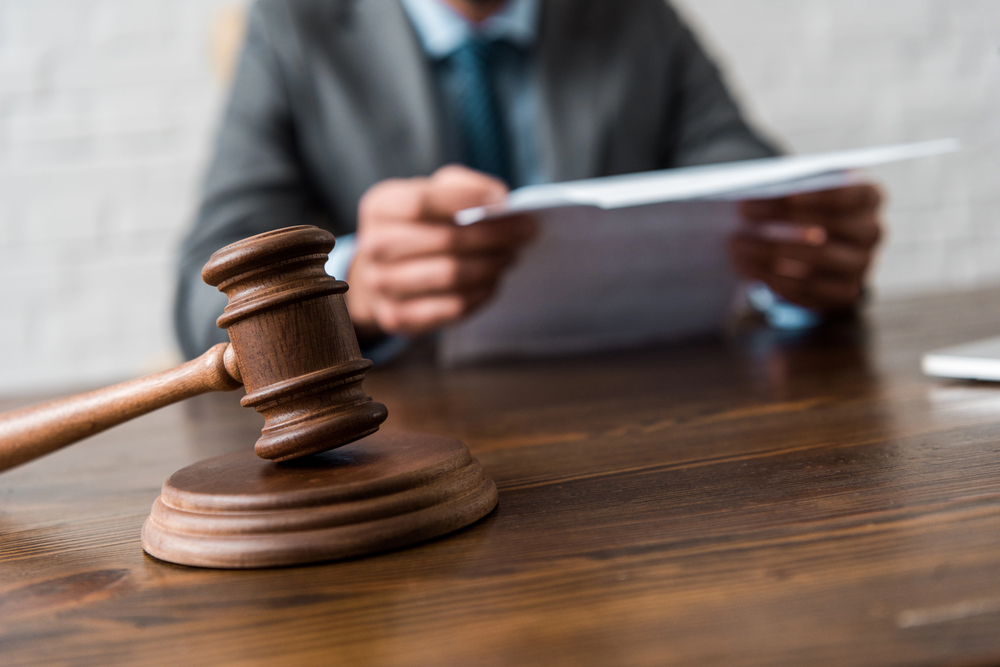
2. The Bruen Test and Its Controversial Use
The Supreme Court in 2022 ruled in New York State Rifle & Pistol Association v. Bruen established a strict new standard: contemporary gun laws must be “consistent with the nation’s historical tradition of firearm regulation.” In principle, this preserves individual rights by compelling the government to justify prohibitions on the basis of good historical analogues.
Opponents of the McCoy decision, such as lawyer Tom Grieve, contend the Fourth Circuit wrongly applied Bruen by relying on sporadic 19th-century statutes to reaffirm a rule from 1968. In Grieve’s words, “This was a ruling in search of justification. The history wasn’t robust – but they stretched it to fit.” Allies reply that the history, albeit sparse, is sufficient to demonstrate a tradition of curbing minors’ access to firearms.

3. Common Law Treated Minors Differently
In English common law taken over in early America all people under 21 years of age were viewed as an “infant” with only limited legal capacity. They had no ability to sign binding contracts except for a narrow set of essentials such as food, clothing, and medicine. Guns were not included.
This would have meant that even in the absence of statues, teenagers during the 1700s and most of the 1800s would have had difficulty purchasing guns without a parent’s approval. Legal historian Nathan Dane cautioned business people that selling to minors was “at his peril,” as contracts were voidable. This history is key to the court’s conclusion that age restrictions on purchases have roots that go deeply into the past.
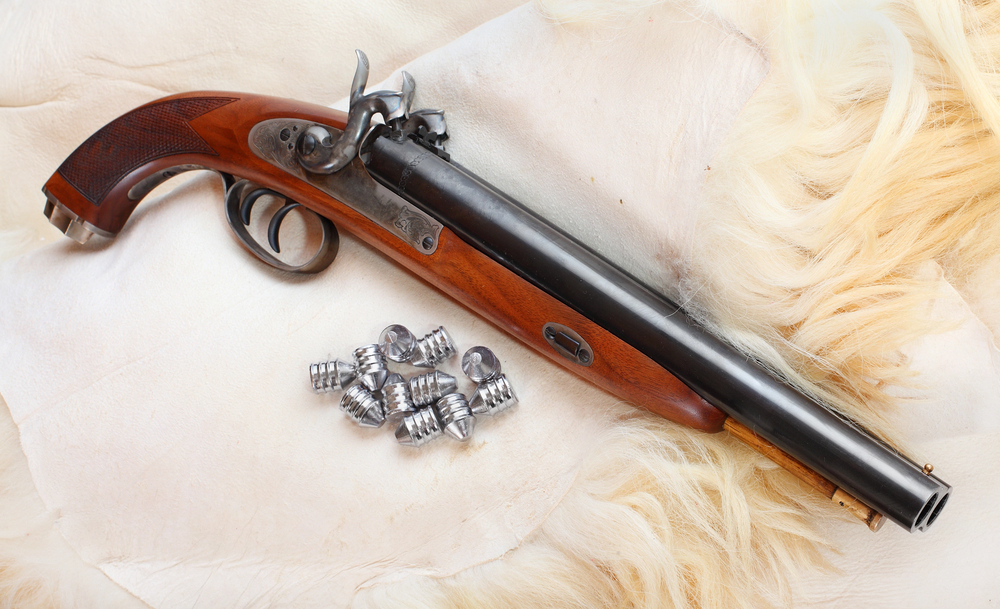
4. Reconstruction-Era Laws Clamped Down Further
Following the Civil War, advances in firearms technology and city living created new safety issues. Smaller, more deadly guns became more accessible and less expensive, and minors were involved in more incidents. States acted with specific legislation.
At least 14 states had implemented restrictions on the sale of firearms to individuals under age 21 by 1885. A few, such as Alabama’s law of 1856, prohibited the sale of pistols to male youths altogether. Such provisions were viewed as an exercise of the state police power to safeguard youth something that courts at the time generally accepted.

5. The Militia Act Argument Falls Flat
Gun rights supporters frequently cite the Militia Act of 1792, which called up able-bodied white males 18–45 to serve and bring their own arms, as evidence that 18-year-olds historically enjoyed unfettered gun rights. Courts have, however, pointed to critical differences.
Militia service was an obligation, not a privilege. And states in many places exempted individuals under 21 from purchasing their own firearms, passing on the expense to parents or guardians. This contradicts the perception that the Founders regarded 18 as the default age of standalone firearms ownership.

6. The Slippery Slope Concern
For critics of the government, the greater concern is precedent. If the administration can exclude a category of legal adults from the exercise of a constitutional right because of age, on what basis can lawmakers preclude it from raising the ceiling to 25 or more?
As Tom Grieve cautioned, “Once we accept the idea that a whole class of adults can be cut off from exercising a constitutional right, it’s just a matter of how far lawmakers want to go.” This applies particularly to those who believe the Second Amendment is a means of protection against the excesses of government.
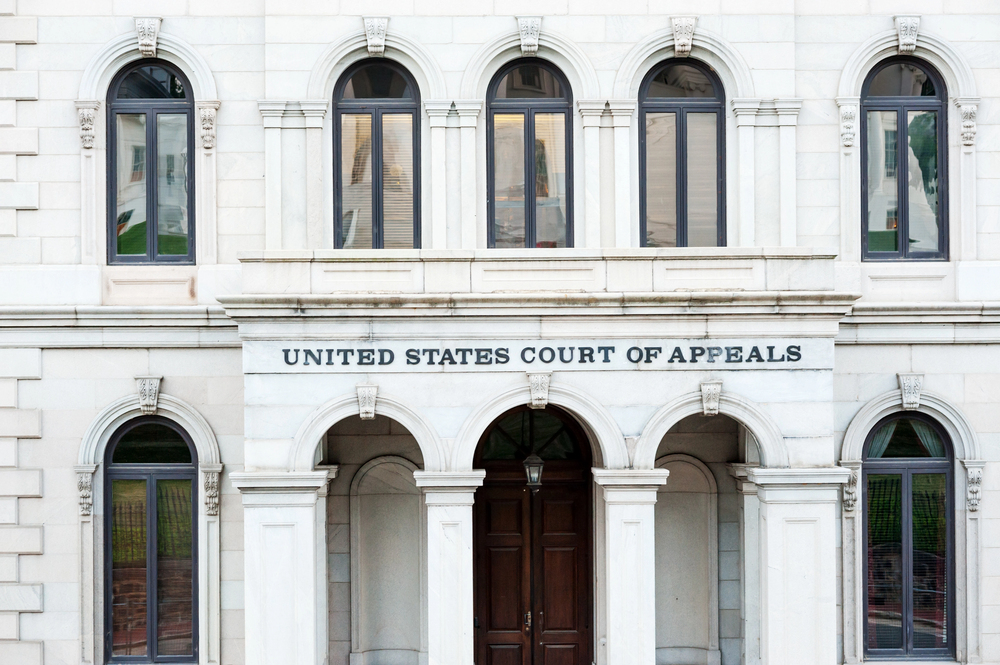
7. A Patchwork of Legal Outcomes Ahead
The Fourth Circuit’s ruling has direct implications for Maryland, Virginia, West Virginia, North Carolina, and South Carolina. Other federal courts, however, have divided on comparable laws some invalidating them, others affirming them.
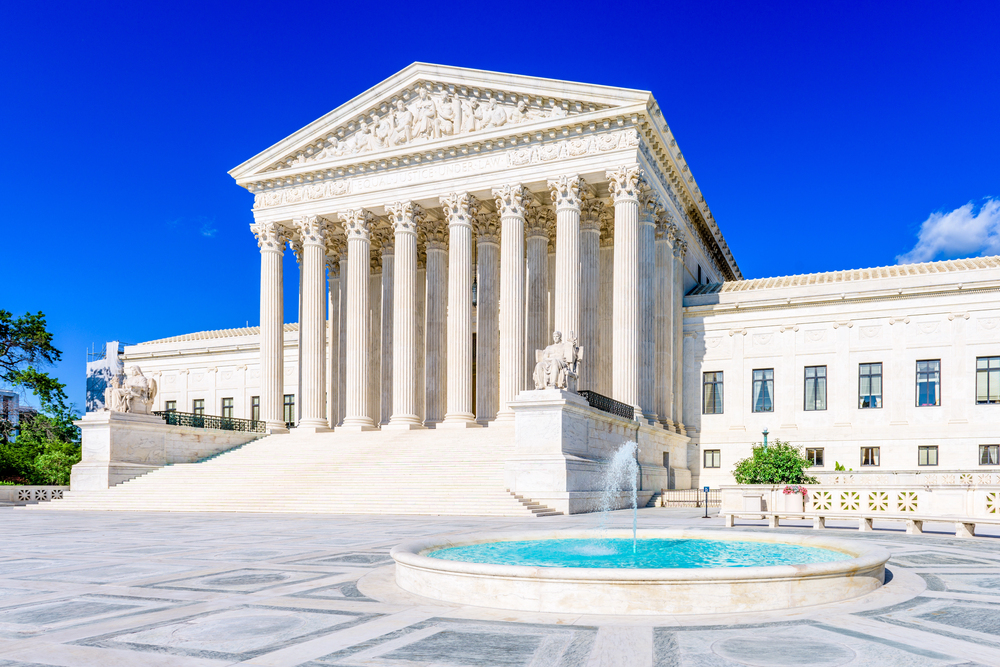
If various circuits keep at odds, the Supreme Court might be compelled to intervene. That would establish a national precedent on whether 18-to-20-year-olds can be prevented from purchasing certain weapons, and how Bruen’s history test is to apply to age-based limits.
The McCoy v. ATF decision is more than a narrow skirmish over handgun sales it’s a flashpoint in the larger battle over how history conditions contemporary rights. Regardless of whether it is viewed as a reasonable caution or an ominous precedent, it poses a basic question: must adulthood and the privileges that accompany it be measured by the calendar, or by something else? The answer may recast the equation between individual freedom and public safety for years to come.


